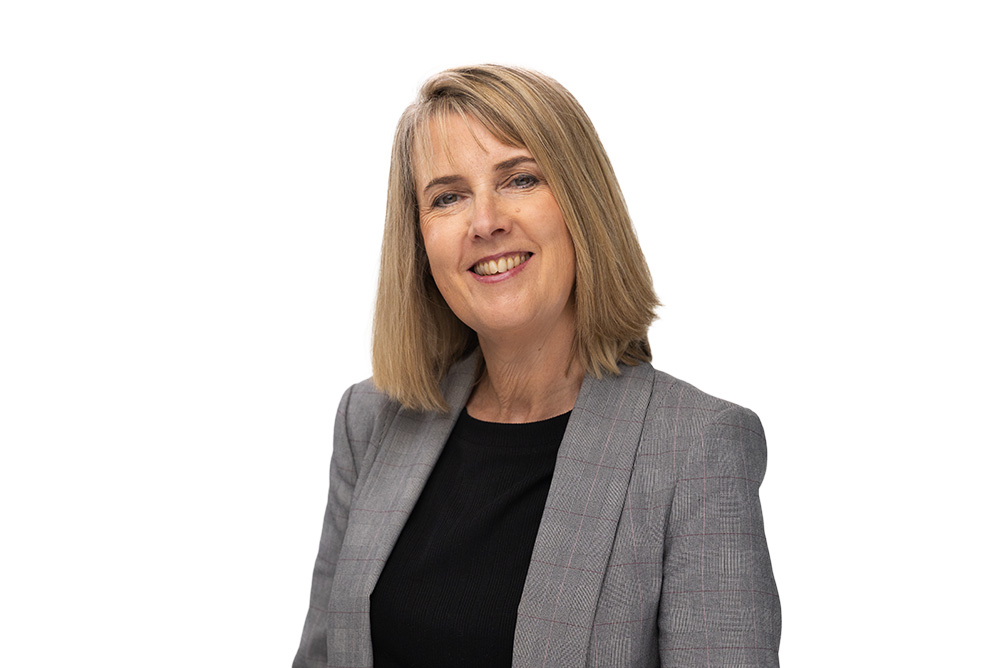“It’s over!” screamed the headline on the front page of a popular Australian women’s magazine. On either side of the headline: images of Prince Harry and his wife Meghan, looking tense and unhappy. “Trapped and betrayed . . . Harry calls it quits,” declared this so-called “world exclusive”. Poor Meghan—she has certainly copped a lot of criticism recently. According to reports, she is “too modern”, she’s “frustrated” and her “independence threatens the Royal Family”. And, of course, there are endless stories about her purported feud with sister-in-law Kate Middleton.
US President Donald Trump would undoubtedly sum it up in two words: fake news—one of his favourite terms since moving into the Oval Office. Perhaps it’s no surprise that in 2017, Collins Dictionary named “fake news” its Word of the Year.
Of course, social media has exacerbated the spread of fake news. A 2006-17 study of Twitter by the Massachusetts Institute of Technology found that false news stories are 70 per cent more likely to be retweeted than true stories.1 Researchers also discovered that true stories take about six times as long to reach 1500 people as false stories.
At the same time, people are yearning for truth. According to Australian social researchers McCrindle, the power of trust is one of the six key social and demographic trends for 2019.2 “The last few years have seen royal commissions and other inquiries refocus and recalibrate Australians’ trust,” McCrindle reports. “Few sectors have been immune, from religious and political entities to corporations in the financial sector, to aged care providers to social media and tech companies, trust has been eroded. [pullquote]
“Those who can gain and keep trust, through transparency and values-based offerings, will thrive in the trust-as-premium environment.”
Fake news is certainly nothing new. God has long been the target of a malicious fake news campaign orchestrated by Satan when he convinced one-third of the angels to side with him in heaven. Satan used the same tactic to persuade Adam and Eve to disobey God, thereby plunging humanity into peril.
In 1844, fake news was the catalyst for the founding of the Seventh-day Adventist Church. And, over the years, church members have been caught out by it—one of the most memorable in recent times was the widely circulated report that Pope Francis’s brother is an Adventist. He’s not.
As a Church we pride ourselves on being people of the “truth”, but how do we respond to chit-chat about the local pastor, conference leadership, our church institutions? Do we check the facts before hitting the share button?
It can be very easy to let our assumptions influence the way we react to the latest end-time theory or theological notion. Sometimes we share it innocently; at other times it can be a way of pushing our own agendas.
The Bible is clear on the topic: “Do not spread false reports” (Exodus 23:1). Further, 2 Timothy 4:3,4 tells us, “For the time will come when people will not put up with sound doctrine. Instead, to suit their own desires, they will gather around them a great number of teachers to say what their itching ears want to hear. They will turn their ears away from the truth and turn aside to myths.”
So let’s be very careful about what we pass off as fact. Let’s keep our eyes fixed firmly on Jesus and His truth-filled messages of hope. Let’s steer clear of fake news and instead focus on sharing the good news.






